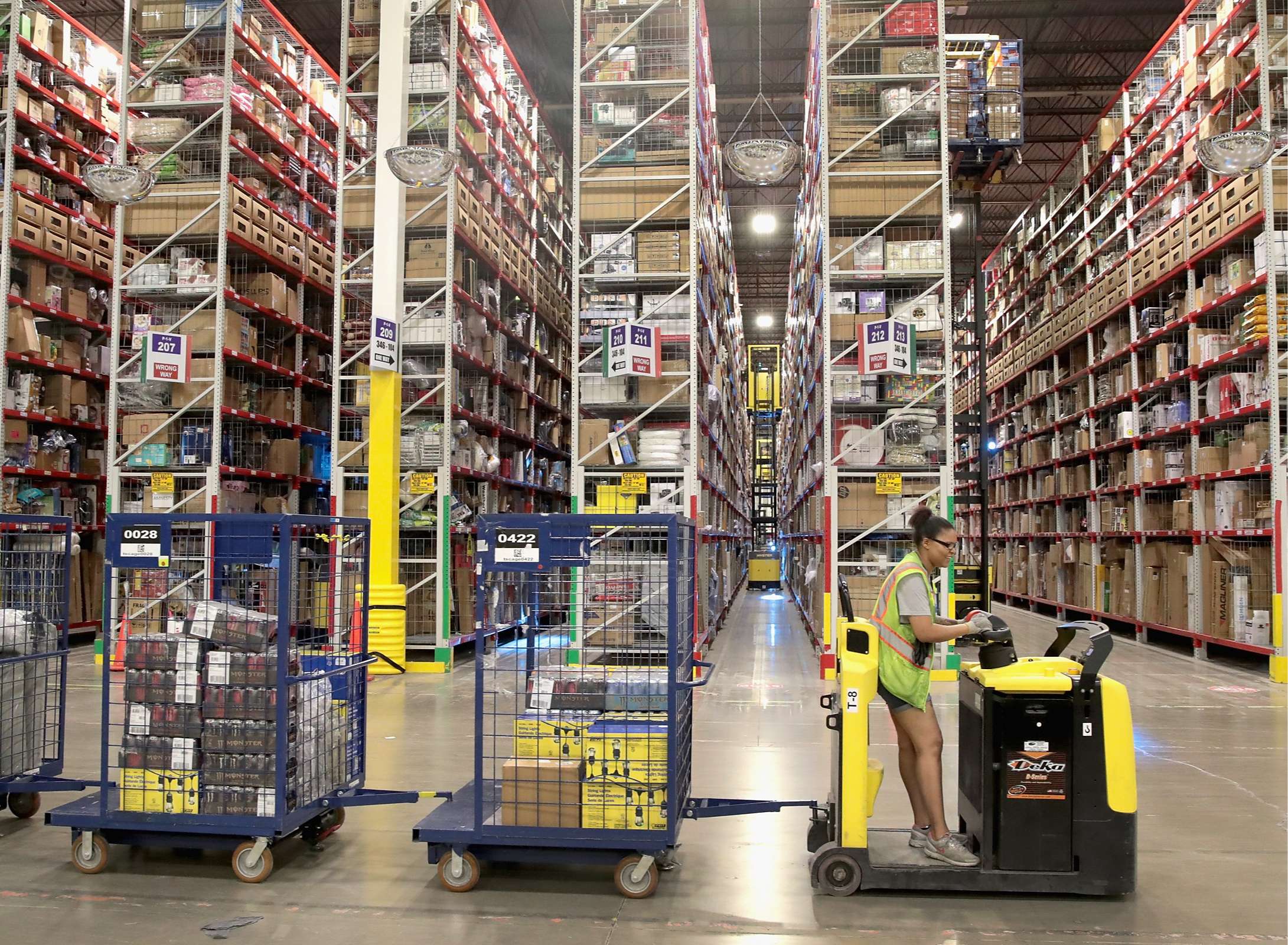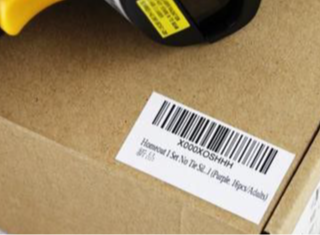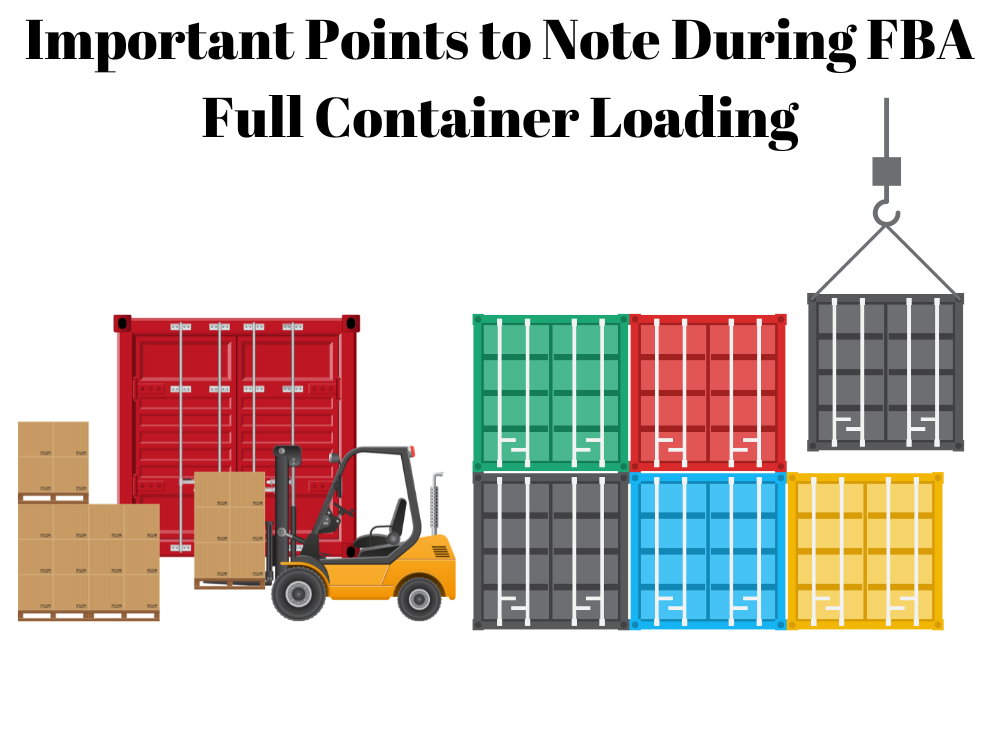FBA LCL Quote
FBA 40HQ FCL Quote
What is Port Congestion
Port congestion refers to the situation where ships are unable to dock and offload or load cargo efficiently at a port due to overcrowding or logistical complications. This issue can stem from various factors, including increased shipping volumes, limited port capacity, inadequate infrastructure, labor shortages, or stringent customs regulations. The effects of port congestion are widespread, affecting shipping timelines, increasing transportation costs, and disrupting global supply chains. As trade volumes continue to grow, understanding and mitigating the causes of port congestion is crucial for maintaining efficient and reliable global trade operations.
Causes of Port Congestion:
1. Increased Demand: Surge in global trade and consumer demand often outpaces the capacity of ports to handle incoming and outgoing shipments efficiently.
2. Infrastructure Limitations: Many ports struggle with outdated infrastructure and lack adequate space and technology to manage the volume of traffic.
3. Labor Challenges: Strikes, shortages, and training gaps in port labor can lead to significant delays in cargo handling.
4. Regulatory Procedures: Complex customs and security procedures can slow down the processing of cargo, exacerbating congestion.
5. Weather and Environmental Factors: Severe weather conditions can halt port operations temporarily, leading to backlog.
Effects on the Supply Chain:
1. Increased Shipping Times: Delays at ports extend the shipping times, affecting delivery schedules across the supply chain.
2. Higher Costs: Congestion leads to longer waiting times for shipping vessels, increasing fuel costs and operational expenses that are often passed on to consumers.
3. Inventory Shortages: Disruptions in the arrival of goods can lead to inventory shortages, impacting businesses downstream in the supply chain.
4. Adoption of Just-in-Time Practices: Businesses may alter their inventory strategies, shifting towards just-in-time practices to mitigate the impact of unpredictable shipment arrivals.
How Port Congestions Affect Shipping Rates
Port congestion can significantly impact shipping rates in several ways:
1. Increased Operational Costs: When vessels are delayed at congested ports, the additional time spent waiting translates to higher operational costs, including fuel and crew wages. These costs are often passed on to customers through increased shipping rates.
2. Detention and Demurrage Fees: Delays can lead to fees such as detention (for holding containers beyond the lease period) and demurrage (charges for extended use of the ship beyond the laytime). These fees contribute to higher overall shipping costs.
3. Rate Fluctuations: The uncertainty caused by port congestion can lead to fluctuations in shipping rates as shipping companies attempt to manage risks and unexpected delays.
4. Redistribution of Routes: To avoid congested ports, shippers may reroute vessels, which can lead to longer routes or the use of alternative ports, potentially increasing the cost of shipping.
Overall, port congestion creates inefficiencies in the supply chain that lead to increased shipping rates, affecting global trade dynamics.
Strategic Responses:
Companies and port authorities are increasingly turning to technology solutions like digitalization and automation to enhance efficiency. Investments in infrastructure upgrades and better collaborative practices among port stakeholders are also critical in addressing these challenges.
Understanding and addressing port congestion is essential for smoothing out disruptions in the global supply chain, ensuring more reliable and efficient trade operations.



